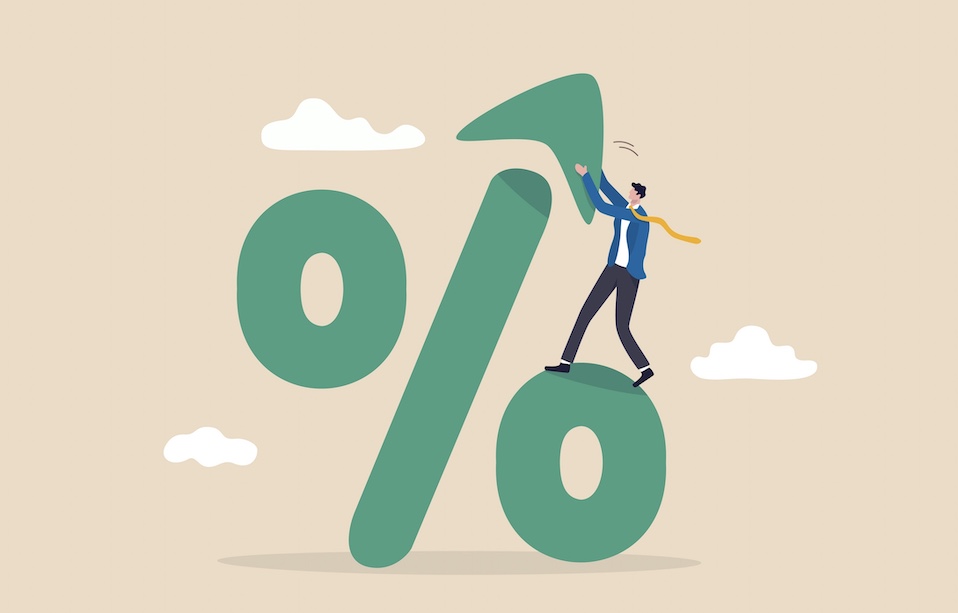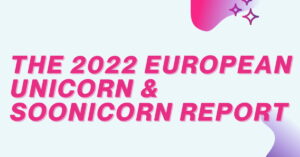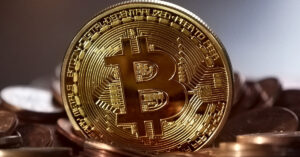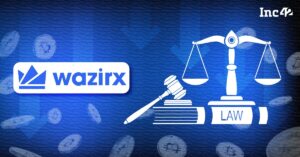Periodically, the Federal Reserve (the Fed) will raise interest rates to combat inflation. A Fed rate hike can affect your day-to-day finances such as your loan interest, savings account, or investment accounts. It can also impact variable rates for consumer products. Understanding how a Fed rate hike affects your finances can help you stay prepared for whenever the next increase happens.
1. Student loan interest
If you have a private student loan with variable rates or if you’re considering student loan refinancing, you may be particularly affected by Fed rate hikes. To avoid paying a higher monthly payment if student loan interest rates go up, it might be helpful to consider refinancing your student loans sooner rather than later. You may be able to switch to a fixed-rate loan and avoid a rise in your interest rates in the future.
2. Auto loans
When Fed raises rates, the access to capital and the cost of doing business rises across industries, including the auto industry. Though auto loans are typically fixed-interest loans, purchasing a car may become a bit more expensive, as lenders tend to increase their rates when the Fed rate changes. However, car loans are more sensitive to competition, which helps to slow the rate of increases and your auto loan rate may not rise during a Fed rate hike.
3. Savings account rates
If you have a high yield savings account, a Fed rate hike might be good news for you. When the rates are increased, banks usually increase what you earn from your deposit accounts. This means the savings rate you earn on your savings account may rise higher.
4. Investment accounts
The stock values of businesses may decrease during a Fed rate hike. As borrowing money becomes more expensive, so does the cost of doing business for private and public companies alike. If the costs continue to get higher while business declines, it’s possible that revenue and earnings decreases can negatively impact stock value. It’s not uncommon for traders to sell off stocks during this time. The prices of bonds also decline when the Fed increases rates.
5. Credit card payments
Credit cards rarely have a fixed interest rate. Since they primarily operate on a variable interest rate, they are generally affected by an increase in the Fed rate. The interest rate and the minimum payment of your credit card usually rise if you currently have credit card debt. Regardless of whether the Fed rate is being increased or cut, it’s best to continually reduce your credit card debt and at least pay the minimum balance on time.
6. Mortgages
Mortgage rates don’t often rise at the same time the Fed rate increases. Long-term mortgages tend to be closely tied to the 10-year Treasury yield. Investors will sell Treasuries if they expect inflation to be high. That forces the Treasuries to pay higher rates, causing yields to rise, which usually results in higher mortgage rates.
In general, when there’s a Fed rate hike, borrowing costs as well as variable rates on consumer products will typically rise. Remember to do your best to pay down your credit card debt beforehand. Consider refinancing loans for lower interest rates and looking into higher-yielding online savings accounts to benefit from the higher rates.










